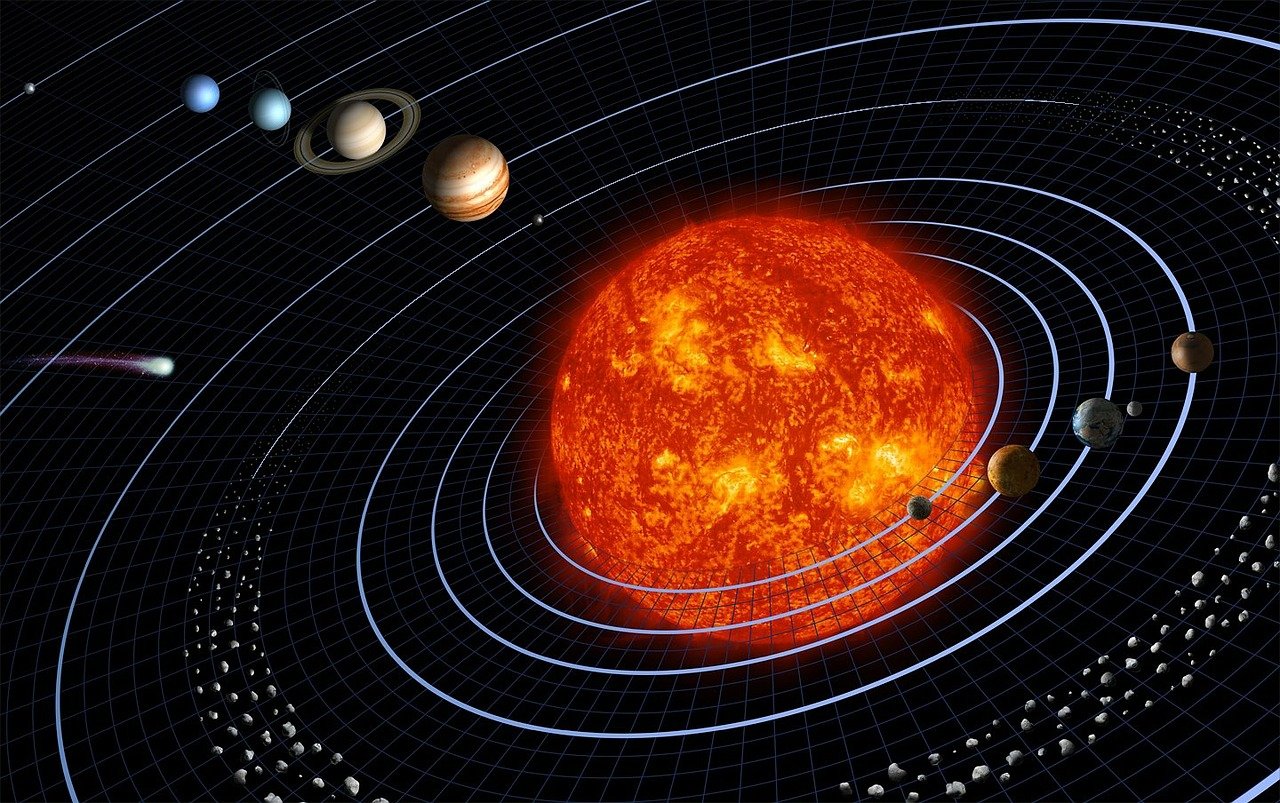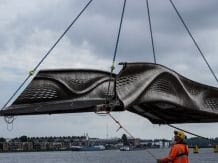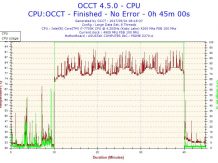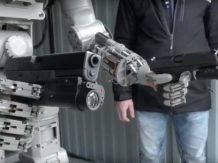The nearly 6-year search of outer space beyond Neptune’s orbit resulted in the discovery of 817 new objects, 461 of which have already been described. Observations were made with the Blanco telescope in Chile.
Among them, 4 are located more than 230 AU from the Sun. These extremely distant objects can shed light on the hypothetical existence of the so-called Ninth Planet – A body that can hide deep in space, and its gravity can affect the orbits of some rocky objects on the outskirts of the solar system.
The Ninth Planet is still the subject of much speculation
Of the 461 objects described, 9 are known as trans-Neptunian objects that orbit the Sun by at least 150 AU. At these distances, these objects do not reach Neptune’s gravity, but their orbits suggest an influence outside the solar system. Some researchers believe that the as yet undiscovered Ninth Planet may be this influence.
Also read: How was Vesta created? Astronomers explain behind the scenes of the birth of the famous asteroid
Others, on the other hand, argue that the gravity of many small objects is nothing more than a statistical anomaly. The newly discovered objects may therefore help researchers track down a possible Ninth Planet or disprove its existence.
Scientists also found four new Trojan asteroids near Neptune. They are bodies that share orbits with planets or moons. In this case, these space objects share Neptune’s orbit around the sun.
Astronomers called at least 155 of the newly discovered objects “detached.” This means that they are far enough away from Neptune that the planet’s gravity has little effect on them. Instead, they are mainly associated with the solar system through the Sun’s distant pull. Disconnected objects, sometimes known as scattered disk objects, tend to have huge elliptical orbits.
Also read: Since 1968, this radar has been observing near-Earth asteroids. He recently made a thousandth detection
In their observations, scientists looked at data from the Dark Energy Survey project. Its aim was to characterize the theoretical dark matter that influences the accelerating expansion of the universe. The findings are all the more exciting, the researchers say, as the project was not intended to search for trans-Neptunian objects. Nevertheless, the survey data includes 20% of all currently known objects.
Astronomers add that this is extremely valuable information for further testing statistical models of the formation of the region beyond Neptune.















